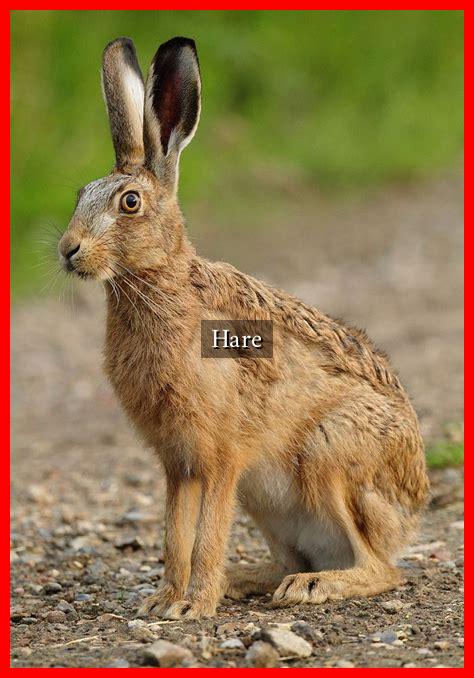-
Table of Contents
The Fascinating World of Hares
Hares are often mistaken for rabbits, but these two animals belong to different genera and exhibit distinct behaviors and characteristics. This article delves into the intriguing world of hares, exploring their biology, habitat, behavior, and cultural significance.
Understanding Hares: Biology and Characteristics
Hares belong to the family Leporidae, which also includes rabbits. However, they are classified under the genus Lepus. Here are some key biological features that differentiate hares from rabbits:
- Size: Hares are generally larger than rabbits, with longer legs and ears.
- Fur: Hares have a thicker coat that changes color with the seasons, providing camouflage.
- Reproduction: Hares give birth to precocial young, meaning the babies are born fully furred and with their eyes open, unlike the altricial young of rabbits.
There are over 30 species of hares worldwide, with the European brown hare (Lepus europaeus) and the Arctic hare (Lepus arcticus) being among the most well-known. Hares are typically found in open fields, grasslands, and forests, where they can easily evade predators.
Habitat and Distribution
Hares are adaptable creatures that thrive in various environments.
. They are found on every continent except Antarctica. Their habitats include:
- Grasslands: Open areas provide ample food and space for movement.
- Forests: Hares can be found in wooded areas where they can hide from predators.
- Deserts: Some species, like the black-tailed jackrabbit, have adapted to arid conditions.
According to the International Union for Conservation of Nature (IUCN), many hare species are not currently threatened, but habitat loss and hunting pose risks to certain populations.
Behavior and Social Structure
Hares are primarily solitary animals, unlike rabbits, which are more social. They are crepuscular, meaning they are most active during dawn and dusk. Here are some interesting behavioral traits:
- Territoriality: Male hares establish territories during the breeding season and engage in boxing matches to assert dominance.
- Camouflage: Hares rely on their fur color and stillness to avoid detection by predators.
- Diet: Hares are herbivores, feeding on grasses, herbs, and bark, which they can digest efficiently.
Hares are known for their incredible speed, capable of reaching up to 45 miles per hour (72 km/h) to escape predators such as foxes, eagles, and humans.
Cultural Significance of Hares
Throughout history, hares have held significant cultural and symbolic meanings in various societies. They are often associated with fertility, rebirth, and the arrival of spring. Some notable examples include:
- Mythology: In many cultures, hares are featured in folklore and mythology, such as the Moon Rabbit in East Asian cultures.
- Art and Literature: Hares have been depicted in art and literature, symbolizing cleverness and agility.
- Festivals: The Easter Bunny, a popular figure during Easter celebrations, is derived from the hare’s association with fertility.
In modern times, hares continue to inspire artists, writers, and filmmakers, showcasing their enduring appeal in popular culture.
Conservation Efforts and Challenges
While many hare species are stable, some face threats from habitat destruction and climate change. Conservation efforts are crucial to ensure their survival. Organizations like the IUCN work to monitor hare populations and promote habitat preservation.
Community awareness and education about the importance of biodiversity can also play a significant role in hare conservation. Simple actions, such as creating wildlife-friendly gardens and supporting local conservation initiatives, can make a difference.
Conclusion
Hares are remarkable creatures that play a vital role in their ecosystems and hold significant cultural importance. Understanding their biology, behavior, and the challenges they face is essential for their conservation. As we continue to learn about these fascinating animals, we can appreciate their unique place in nature and work towards ensuring their survival for future generations.



